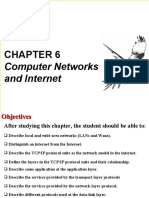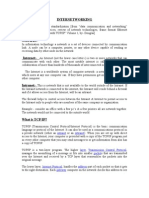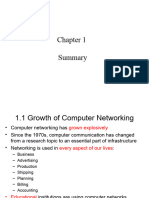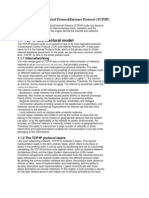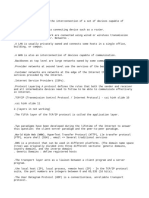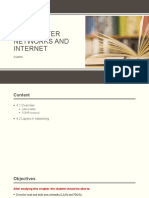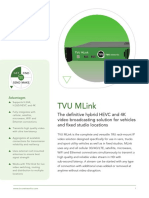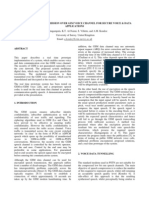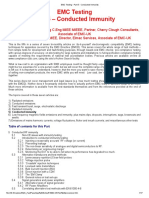0% found this document useful (0 votes)
23 views53 pagesChapter 6 Computer Networks
Uploaded by
4p86ymwgjwCopyright
© © All Rights Reserved
We take content rights seriously. If you suspect this is your content, claim it here.
Available Formats
Download as PDF, TXT or read online on Scribd
0% found this document useful (0 votes)
23 views53 pagesChapter 6 Computer Networks
Uploaded by
4p86ymwgjwCopyright
© © All Rights Reserved
We take content rights seriously. If you suspect this is your content, claim it here.
Available Formats
Download as PDF, TXT or read online on Scribd
/ 53

